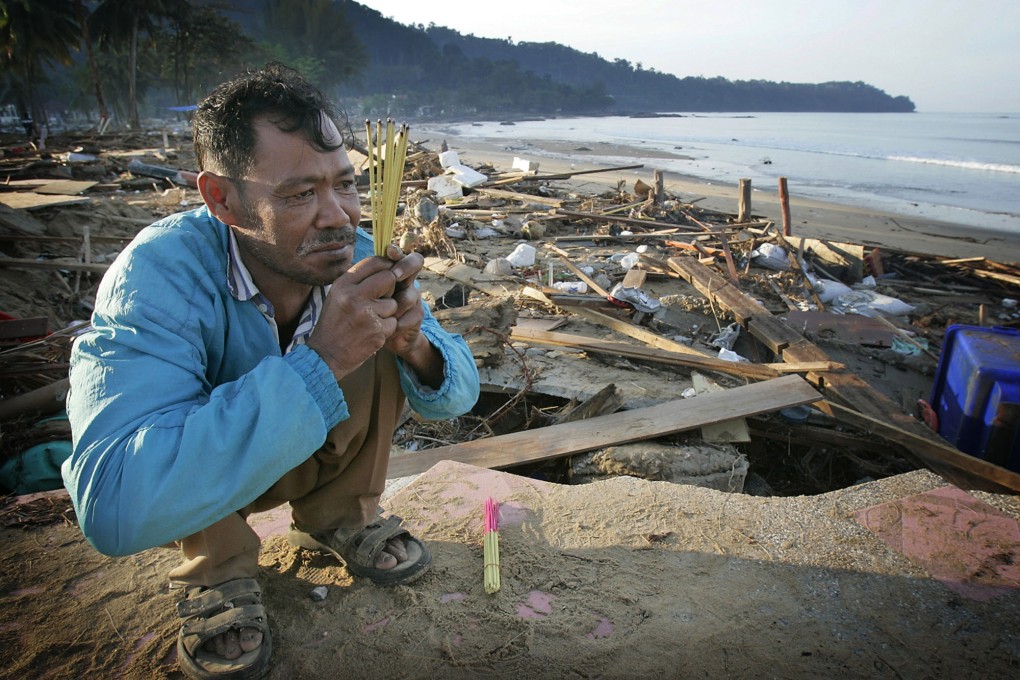10 years after the Indian Ocean tsunami, is Asia better prepared for a disaster?
Shamshad Akhtar says progress has been impressive but more must be done at a local level

On December 26, 2004, the world experienced one of the deadliest natural disasters ever recorded. A 9.1 magnitude earthquake off the west coast of Sumatra, Indonesia, triggered a massive tsunami that directly affected 14 countries in Asia and Africa, leading to 230,000 deaths and massive human suffering.
Ten years later, we commemorate the loss of those who fell victims to the wrath of nature. This month, several affected countries will host remembrance ceremonies for the Indian Ocean tsunami. This is an opportunity to raise public awareness in the Asia-Pacific region and beyond on the importance of building greater resilience to natural disasters.
A key lesson from the tragedy was the importance of early warning. When the wave struck, early warning systems were inadequate. Many received no warning before they saw the wall of water. Our region must never again be caught so unprepared.
In the aftermath, the Asia-Pacific region embarked on a collective effort to develop approaches and mechanisms for better early warning systems. Asia and the Pacific is the most disaster-prone region in the world. Building resilience here is not an option but an imperative to safeguard lives and livelihoods.
The Hyogo Framework for Action was adopted in Kobe, Japan, weeks after the disaster.
Real progress has been made in implementing the framework. Governance has been strengthened, with more than half of Asia-Pacific countries having enacted legislation and created institutions dealing specifically with disaster risk management.